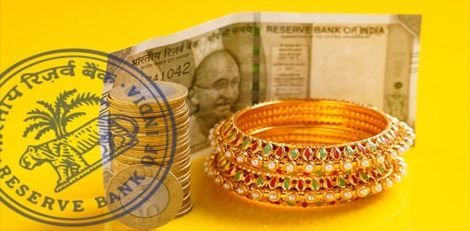The Reserve Bank of India (RBI) has released draft guidelines overhauling gold loan regulations to enhance transparency and risk management. Here are the major proposals:
1. Loan-to-Value (LTV) Cap at 75%
– Uniform 75% LTV limit for all gold loans (consumption purposes).
– Banks may allow higher LTV for income-generating loans, subject to internal policies.
– For bullet repayments (lump-sum payment), LTV calculated on principal + interest.
2. Stricter Collateral Rules
– Proof of Ownership: Borrowers must submit documents verifying gold ownership.
– Purity Certificate: Lenders must provide assay certificates detailing purity, weight, and value.
– Eligible Collateral: Only jewellery, ornaments, and bank-sold gold coins (22+ carats). Loans barred against bullion, ETFs, or non-bank coins.
– Silver Loans Allowed: For jewellery/ornaments and bank-sold coins (min. 925 purity).
3. Loan Limits & Valuation
– Max 1 kg gold ornaments per borrower; 50-gram cap for coins.
– Gold valued at 22-carat rates (converted if lower purity). Silver at 999 purity rates.
4. Borrower Safeguards
– Clear Loan Agreements: Must detail collateral, auction terms, and charges.
– Faster Collateral Release: Gold must be returned within 7 days of repayment, with ₹5,000/day penalty for delays.
Experts note the draft aligns with post-pandemic normalization but may reduce loan accessibility for some borrowers. Stakeholder feedback is invited before finalization.
Impact: Tighter norms aim to curb risks but could shrink loan amounts for those relying on non-jewellery gold assets.



